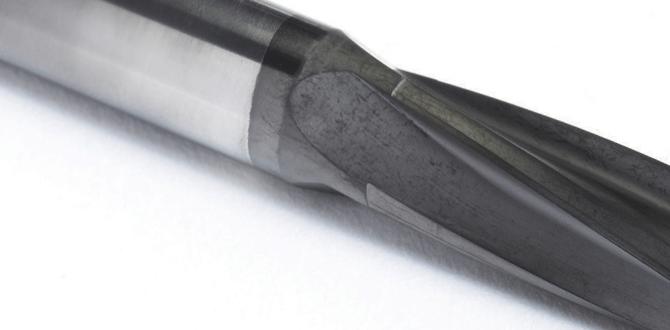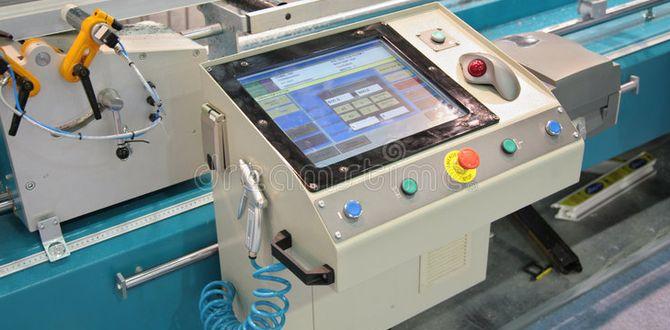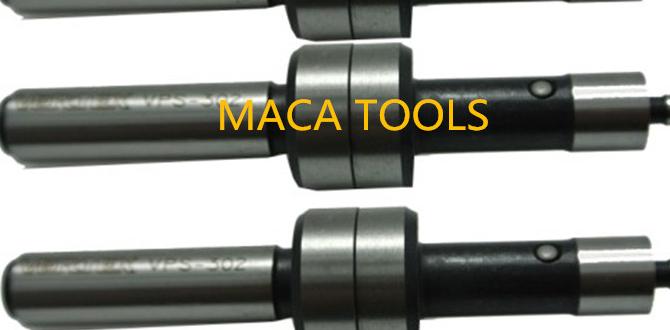The wood lathe duplicator for beginners is a powerful yet surprisingly approachable tool that can significantly ease the learning curve for anyone venturing into the world of woodturning. For those intimidated by the precision required for creating identical shapes or struggling with the intricate movements of hand tools, a duplicator can feel like a woodworking revelation. It acts as a guided hand, allowing you to replicate a master shape with remarkable accuracy, freeing you to focus on fundamental techniques like tool control, wood selection, and understanding grain patterns. This article will delve into what a wood lathe duplicator is, how it works, its benefits for novices, and what to consider when choosing one.
Understanding How a Wood Lathe Duplicator Works
At its core, a wood lathe duplicator is a device that attaches to your existing wood lathe. It typically consists of a template guide that follows a master pattern, and a tool holder that is mechanically linked to this guide. As you move the tool holder along the bed of the lathe, the guide traces the contours of your pre-made master template. This movement is then precisely replicated by the cutting tool. The result is a duplicate of the master shape being turned on your workpiece.
The setup usually involves creating a master piece – this could be a piece you’ve turned successfully by hand, a carefully crafted wooden “key” shape, or even a shape cut from thin plywood. This master piece is then mounted onto a dedicated template holder on the duplicator system. Your workpiece, which you want to duplicate, is mounted in the lathe’s spindle and tailstock as usual. The cutting tool is then positioned in the tool rest, and the duplicator’s guide is placed against the master template. With the lathe spinning, you simply guide the tool holder along the master, and the cutting tool carves the same shape into your workpiece.
Why Beginners Flock to the “Wood Lathe Duplicator for Beginners”
The term “wood lathe duplicator for beginners” isn’t just marketing hype; it highlights the genuine advantages this tool offers to newcomers. Here are some key reasons why it’s an excellent starting point:
Reduced Frustration, Increased Confidence: Learning to turn can be a trial-and-error process. Many beginners find themselves wrestling with achieving symmetry and consistent profiles, leading to frustration and a loss of motivation. A duplicator removes this immediate hurdle. By allowing you to create multiple identical pieces, you can quickly gain confidence in your ability to produce pleasing results, even if your hand-tool skills are still developing. This initial success is crucial for continued learning.
Focus on Essential Woodturning Skills: With the duplicator handling the exact shape, beginners can dedicate their attention to other vital woodturning skills. This includes learning how to safely and effectively use turning tools at different angles, understanding how different wood types behave, managing tool engagement with the spinning workpiece, and mastering the art of sanding and finishing. These are foundational skills that will serve you well regardless of whether you continue to use a duplicator.
Efficient Production of Sets: If you’re looking to create a set of matching items – such as a set of bowls, table legs, or decorative spindles – a duplicator is invaluable. Instead of spending hours trying to meticulously match each piece, you can create one master and then quickly produce as many identical copies as you need. This is a massive time-saver and ensures a professional, cohesive look for any project requiring uniformity.
Learning from Experienced Designs: For those who admire the work of more experienced turners but struggle to replicate their intricate designs, a duplicator offers a pathway. If you can obtain a template from a skilled woodturner, or even simply measure and recreate a profile from one of their pieces, the duplicator allows you to learn by imitation, dissecting their design choices and understanding how those shapes translate to turning.
Key Considerations When Choosing a Wood Lathe Duplicator
When you decide that a wood lathe duplicator for beginners is the right investment for your woodworking journey, a few factors are important to consider:
Compatibility with Your Lathe: Not all duplicators are universally compatible. Ensure the system you choose is designed to work with the swing (the maximum diameter of workpiece your lathe can accommodate) and bed length of your specific wood lathe. Some systems are universal, while others are designed for particular lathe brands or models.
Material of the Guide and Tool Holder: Look for systems made from sturdy materials like cast iron or heavy-duty steel. These materials offer greater rigidity, which translates into more accurate profiles and a longer lifespan for the tool. Plastic or lightweight aluminum components may be less durable and prone to flex, compromising the accuracy of your duplicates.
Ease of Setup and Adjustment: As a beginner, you want a system that is relatively straightforward to set up and adjust. Many systems feature quick-release mechanisms for template changes and tool adjustments, which can be very helpful when you’re still learning the ropes. Online reviews and manufacturer descriptions can offer insights into the user-friendliness of different models.
Template Creation: Consider how easy it will be for you to create templates. Some duplicators come with a basic template or a system for tracing existing shapes. Others require you to craft your templates from scratch from materials like plywood or hardboard. If template creation seems daunting, look for a system that simplifies this process.
conclusion
the wood lathe duplicator is far more than just a specialized accessory; it’s a fantastic tool for democratizing woodturning. By making the process of creating accurate and repeatable shapes significantly easier, it empowers beginners to explore their creativity, build essential skills, and experience the satisfaction of producing professional-quality work. If you’re considering taking up woodturning, don’t overlook the potential of a wood lathe duplicator to kickstart your journey with confidence and success.






